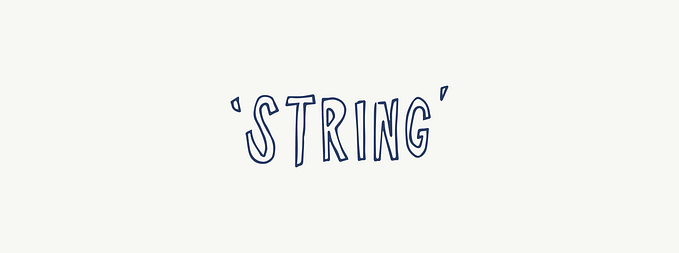Member-only story
As a popular general purpose language, Python sees wide use for tasks like data analysis, automated scripts, machine learning, and web applications. However, creating desktop graphical user interfaces (GUIs) historically posed challenges for seamless cross-platform support.
Thankfully the perfect storm of the compact-yet-versatile Tkinter bundled with Python plus cloud build systems like PyInstaller makes crafting professional production apps with Python simpler than ever before.
In this post for coding beginners seeking to level up through intuitive GUI development, we’ll cover:
- Tkinter fundamentals for display windows and visual components
- The Designer visual builder for drag-drop app mockups accelerated 10X
- Build automation for compiling apps on Windows, Mac and Linux systems
- Cloud services like GitHub Actions simplifying CI/CD needs
Let’s dive in to unlock Python’s immense potential for cross-platform GUI coding!
Python GUIs with Easy Tkinter Bindings
As the built-in interface included within common Python distributions, Tkinter makes rendering windows with various shapes, colors, text, images and interactions wonderfully approachable through a familiar programming interface vs clunky visual GUI builders.
For example, just a few lines can popup a custom greeting app:
import tkinter as tk
root = tk.Tk()
frame = tk.Frame(root)
tk.Label(frame, text="Hello Tkinter!").pack()
frame.pack()
root.mainloop()With intuitive class abstractions for UI elements like labels, buttons, menus and more — complexity hides neatly behind Python’s simplicity.
10X Faster Development with Visual Designer
Yet while sufficient for simple needs, efficiency still suffers when coding complex layouts manually. This is where tools like Tkinter Designer accelerate development 10X through drag-and-drop placement and dynamic preview of windows looking just as intended.






